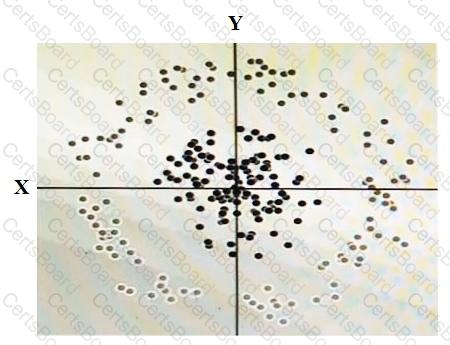You work for an advertising company, and you’ve developed a Spark ML model to predict click-through rates at advertisement blocks. You’ve been developing everything at your on-premises data center, and now your company is migrating to Google Cloud. Your data center will be migrated to BigQuery. You periodically retrain your Spark ML models, so you need to migrate existing training pipelines to Google Cloud. What should you do?
You are on the data governance team and are implementing security requirements to deploy resources. You need to ensure that resources are limited to only the europe-west 3 region You want to follow Google-recommended practices What should you do?
You are designing a data processing pipeline. The pipeline must be able to scale automatically as load increases. Messages must be processed at least once, and must be ordered within windows of 1 hour. How should you design the solution?
You launched a new gaming app almost three years ago. You have been uploading log files from the previous day to a separate Google BigQuery table with the table name format LOGS_yyyymmdd. You have been using table wildcard functions to generate daily and monthly reports for all time ranges. Recently, you discovered that some queries that cover long date ranges are exceeding the limit of 1,000 tables and failing. How can you resolve this issue?
You use a dataset in BigQuery for analysis. You want to provide third-party companies with access to the same dataset. You need to keep the costs of data sharing low and ensure that the data is current. What should you do?
You have some data, which is shown in the graphic below. The two dimensions are X and Y, and the shade of each dot represents what class it is. You want to classify this data accurately using a linear algorithm.

To do this you need to add a synthetic feature. What should the value of that feature be?
You have thousands of Apache Spark jobs running in your on-premises Apache Hadoop cluster. You want to migrate the jobs to Google Cloud. You want to use managed services to run your jobs instead of maintaining a long-lived Hadoop cluster yourself. You have a tight timeline and want to keep code changes to a minimum. What should you do?
You need to move 2 PB of historical data from an on-premises storage appliance to Cloud Storage within six months, and your outbound network capacity is constrained to 20 Mb/sec. How should you migrate this data to Cloud Storage?
Which SQL keyword can be used to reduce the number of columns processed by BigQuery?
Cloud Bigtable is a recommended option for storing very large amounts of ____________________________?


